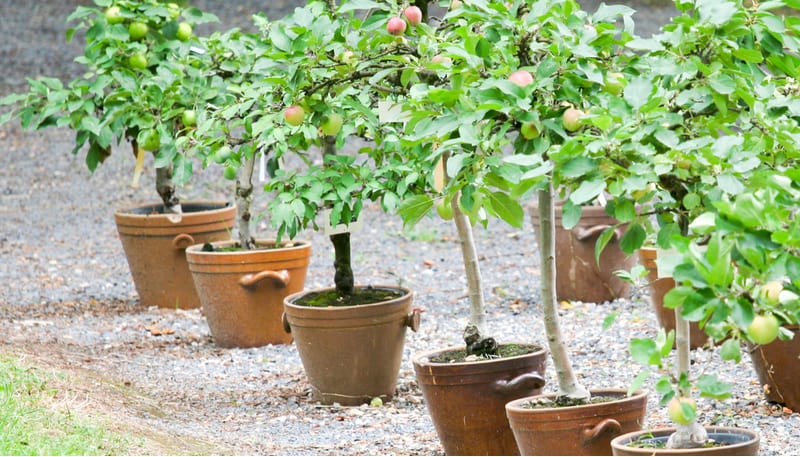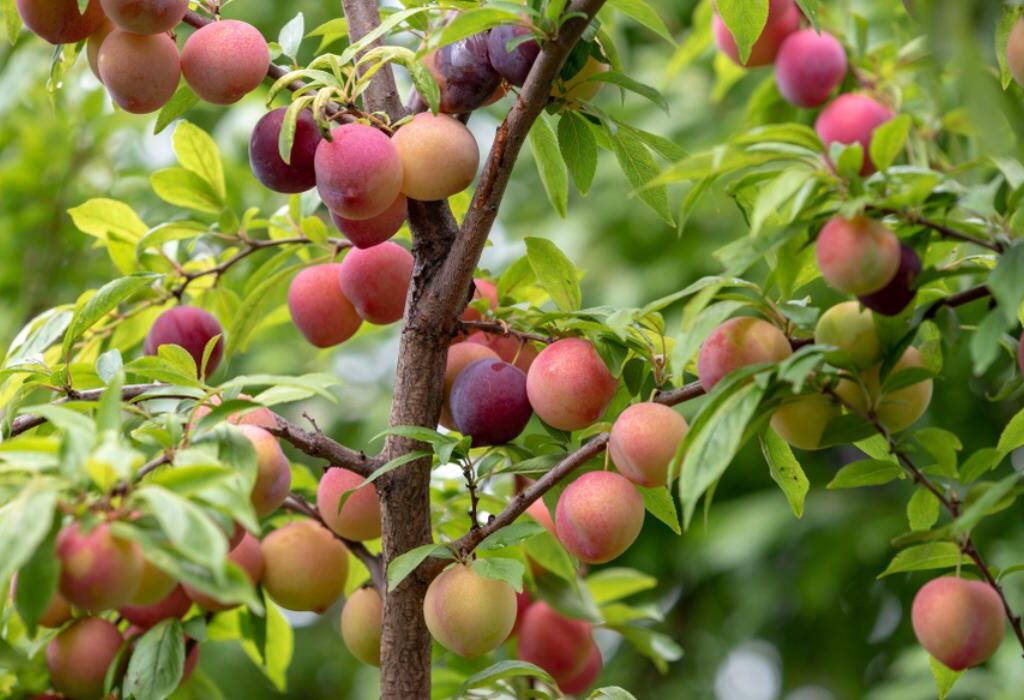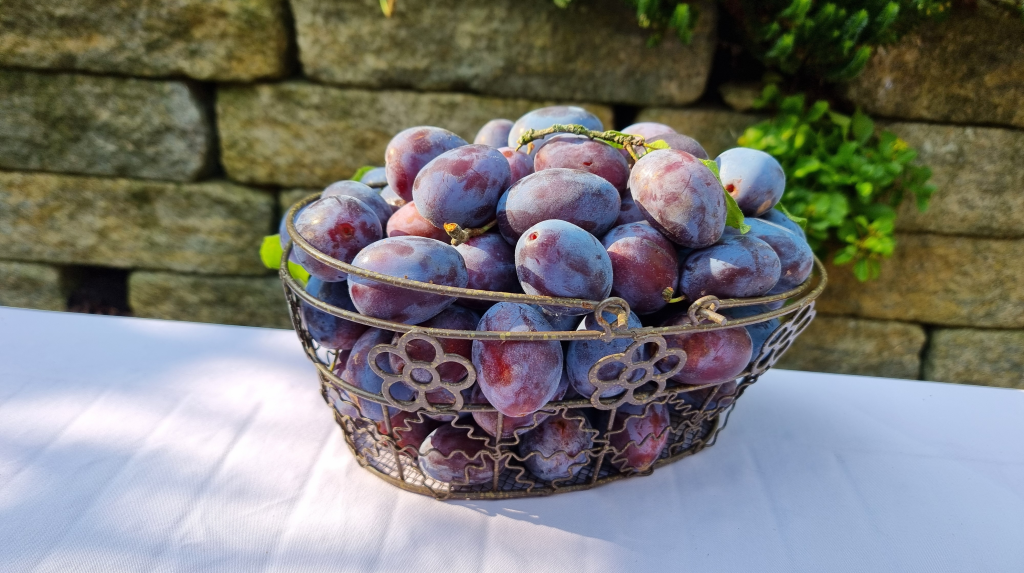There’s something special about enjoying fruit you’ve grown yourself. Even more satisfying? Growing it from scratch — starting with a humble seed. While many people opt for young fruit tree saplings, planting a plum seed offers a rewarding experience and, with a little patience, can lead to lush trees bearing sweet, juicy plums in your own backyard.
If you’ve ever wondered what to do with the stone at the center of your plum, this guide will walk you through how to plant a plum seed, care for it, and eventually harvest your very own homegrown fruit.

Why Grow a Plum Tree from Seed?
Growing a plum tree from seed isn’t the fastest method to get fruit, but it has its own charm and rewards:
- Cost-effective: No need to buy a sapling — just use a seed from a fresh plum.
- Unique results: Seed-grown trees can produce slightly different (and sometimes superior) fruit than their parent.
- Satisfying process: Watching a seed turn into a thriving tree is deeply fulfilling.
- Great for nature lovers: Plums attract pollinators like bees and butterflies, adding life to your garden.

Can You Grow a Plum Tree from Any Plum Seed?
Yes — but with a few considerations. Not every plum seed will sprout successfully, and some varieties sold in grocery stores are hybrids or treated to prevent germination. Your best bet is to use a seed from an organic, locally grown plum, or better yet, from a tree known to grow well in your climate.

When and Where to Plant a Plum Seed
Plum trees thrive in USDA zones 4–9, depending on the variety.
They prefer full sun, well-draining soil, and protection from strong winds.
Best time to plant:
Late winter to early spring is ideal for outdoor planting, though you can start the seed indoors any time of year and transplant later.

How to Plant a Plum Seed: Step-by-Step
What You’ll Need:
- Fresh, ripe plum
- Nutcracker or hammer (optional)
- Paper towel
- Plastic bag or small container
- Potting soil and small pot
- Garden space (if planting outdoors)
Step 1: Extract the Seed
Enjoy your plum, then carefully save the stone (pit) from its center. Rinse off any remaining fruit flesh under cool water and let it air dry for a day.
Optional:
To speed up germination, gently crack the outer shell with a nutcracker or hammer to reveal the almond-like seed inside. Be careful not to damage the seed.
Step 2: Cold Stratification (Mimicking Winter)
Plum seeds require a cold, dormant period before they’ll sprout — a process called stratification.
Here’s how:
- Wrap the clean seed in a damp paper towel.
- Place it in a plastic zip-top bag or airtight container.
- Store it in your refrigerator for 6–8 weeks.
Check the paper towel every couple of weeks to ensure it stays moist, and watch for signs of germination.
Step 3: Prepare for Planting
Once your seed has gone through stratification and begins to sprout (you’ll notice a small white root emerging), it’s ready to plant.
Choose a pot:
- Use a small container with drainage holes.
- Fill it with a light, well-draining potting mix (a mix of peat, perlite, and organic compost works well).
Step 4: Plant the Seed
Plant the sprouted seed about 2 inches deep in the soil, with the root pointing downward. Cover it lightly with soil and water gently until the soil is moist but not soggy.
Step 5: Provide the Right Conditions
Place the pot in a warm, sunny location.
Ideal growing conditions:
- Temperature: 65°F–75°F (18°C–24°C)
- Light: 6–8 hours of direct sunlight daily
- Moisture: Keep soil slightly moist — avoid waterlogging
Step 6: Transplanting Outdoors
Once your plum seedling reaches 5–10 inches tall and the outdoor temperature stays consistently above 60°F, you can transplant it into your garden.
How to transplant:
- Choose a sunny, well-drained location.
- Dig a hole twice the size of the seedling’s root ball.
- Place the seedling in the hole and backfill with soil.
- Water thoroughly and add mulch around the base to retain moisture.
How Long Until a Plum Tree Bears Fruit?
Patience is key! A plum tree grown from seed typically takes 3–6 years to produce fruit. While it’s a longer process than planting a nursery sapling, the journey from seed to harvest is incredibly rewarding.
Caring for Your Plum Tree
Watering:
Keep the soil consistently moist, especially during the first few years. Avoid overwatering.
Fertilizing:
Feed young trees with a balanced fertilizer (10-10-10) in early spring and midsummer.
Pruning:
- Prune in late winter while the tree is dormant.
- Remove dead, damaged, or crowded branches.
- Maintain an open canopy to improve air circulation and sunlight exposure.
Pest and Disease Control:
Watch for aphids, borers, and fungal diseases like brown rot.
Use organic insecticidal soap or neem oil as needed.
Benefits of Growing Plum Trees
Homegrown flavor:
Nothing beats the taste of a freshly picked, sun-ripened plum.
Aesthetic value:
Plum trees add natural beauty to your yard with delicate spring blossoms and lush foliage.
Wildlife attraction:
Pollinators love plum trees, which helps support your local ecosystem.
Versatile fruit:
Use your harvest for jams, desserts, fresh eating, or dehydrating.
Fun Plum Facts
- The plum belongs to the Prunus genus, which includes cherries, peaches, and apricots.
- Over 2,000 plum varieties exist worldwide.
- Plum blossoms are a traditional symbol of perseverance in East Asian cultures.
- Dried plums are better known as prunes, valued for their digestive benefits.
Common Mistakes to Avoid
1. Skipping stratification:
Without a proper cold period, your seed likely won’t germinate.
2. Overwatering:
Plum seedlings dislike soggy soil — keep it moist, not wet.
3. Planting too soon outdoors:
Wait until your seedling is sturdy enough and outdoor temperatures are consistently warm.
4. Ignoring pruning:
Regular pruning keeps the tree healthy and productive.
Final Thoughts
Planting a plum seed is a delightful, hands-on project that rewards you with both the process and, eventually, a bountiful harvest of sweet, homegrown plums. While it requires a bit of patience and care, the result is a beautiful fruit tree with personal significance.
Whether you’re a seasoned gardener or a curious beginner, growing a plum tree from seed is a wonderful way to connect with nature, nurture something meaningful, and eventually savor the fruits of your labor.
So next time you enjoy a juicy plum, don’t toss the pit — plant it and start your own plum-growing adventure!





Leave A Comment